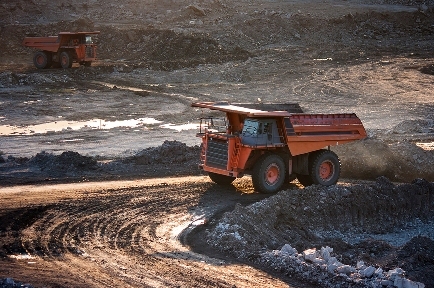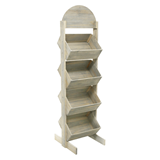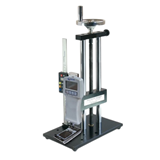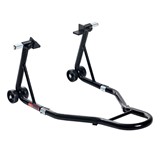The report surveyed ten countries in the region, with results indicating a strong backing and uptake of clean and higher efficiency low emission (HELE) coal-fired power stations.
The report has highlighted the fastest expansion and modernisation of coal-fired generation in history; an amazing 670 of the generation units referred to in the report are already operating in these countries, with an additional 1,066 currently under construction or planned - the equivalent of 24 times Australia’s coal-fired generation.
Why is HELE coal-fired generation so significant?
The process emits 20-25 per cent less CO2 emissions than the average of remaining power stations, and up to 40 per cent less emissions than the oldest technology in place. To reduce all other emissions, as well as particulates, most modern plants are using accompanying technology.
The goal is to get emissions to a level that comply with the strictest urban air quality requirements.
Is this good news for Australia?
The energy transition currently taking place in Asia will benefit Australia’s coal industry as demand for high quality Australian coal increases; high quality coal is most suited for use in modern and cleaner generating plants.
As an added bonus, this is a vital step towards reducing emissions growth, and this is taking place without compromising on much needed economic expansion. There is no longer a fork in the road where a choice must be made between affordable base load energy and emissions mitigation; now both can be done.
What does the future look like?
Amongst the ten countries studied - India, China, Japan, Bangladesh, Malaysia, the Philippines, Taiwan, Thailand, Vietnam and South Korea - an annual estimate of 1.1 billion tonnes of CO2 abatement will result from the planned deployment of HELE, rather than the use of traditional technology.
And if the most technologically advanced approach is applied across the board, the savings would increase almost two-fold - to about two billion tonnes. This is the equivalent of India’s current annual emissions. This would prove to be 53 times more effective than the emissions trading scheme currently in place in Europe.
The IEA has predicted that an additional one billion tonnes of coal will be utilised in 2019 compared with the amount used today. As we continue to see growing demand for affordable and accessible base load energy in the Asian region, and indeed, around the world, critics of the coal industry may find themselves dismayed.
And by 2040, global coal trade has been estimated to swell by about 40 per cent and it is expected that Australia will stand to seize the largest portion of this growth. The Department of Industry and Science is expecting that Australia will regain its position as the world’s top coal exporter by 2017.






